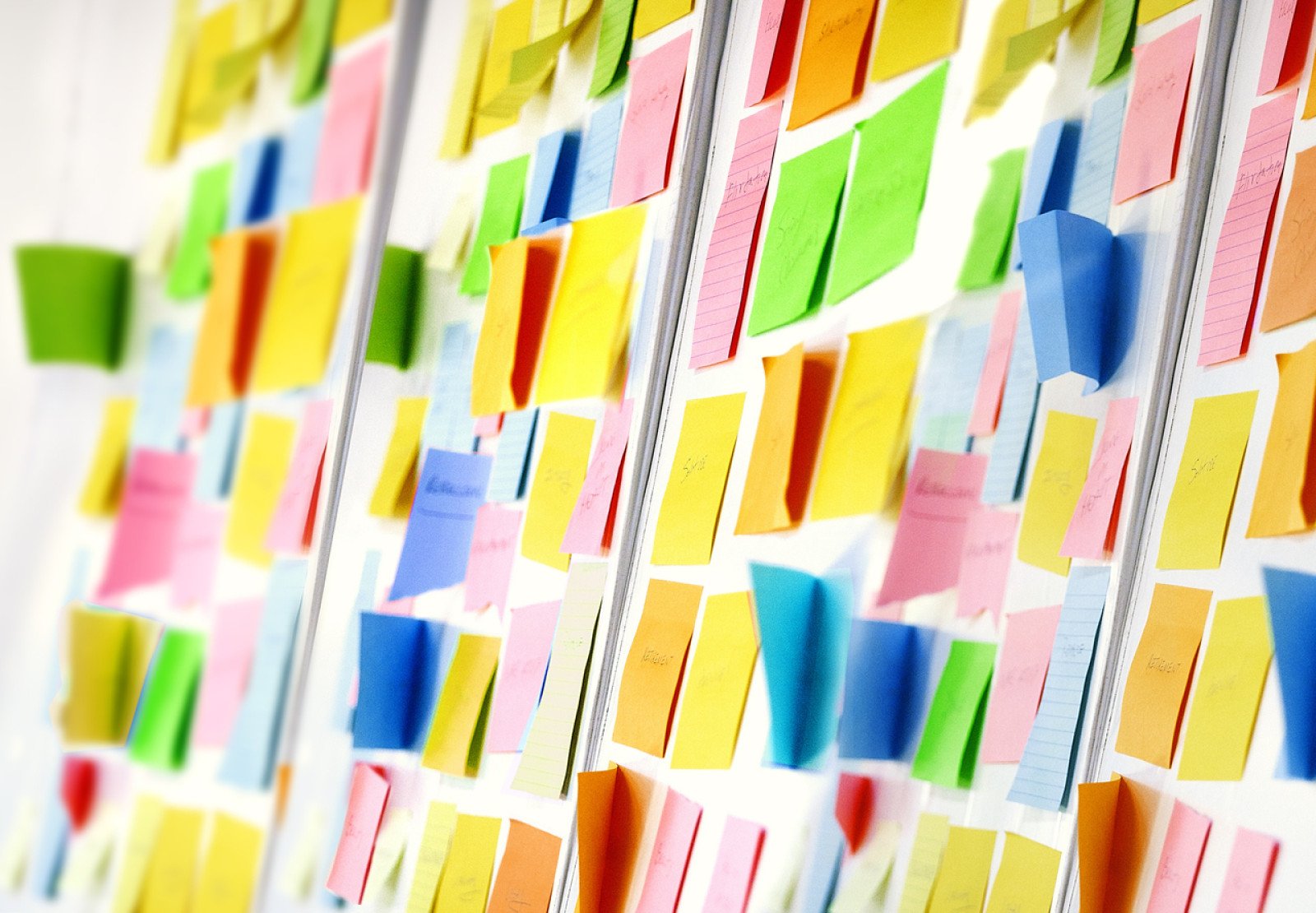
Overview
Think of all the ways we use energy in its many forms and create an Energy wonder wall of the questions that come to mind.
Instructions
What you'll need
- Space for an Energy wonder wall
- Sticky notes or scrap paper and tape
- Ask if students can see examples of energy use in the classroom.
- Have students partner up and brainstorm other ways we use energy every day. Share ideas as a class.
- Now it’s time to create an Energy wonder wall – a special place in the classroom for sharing our questions about energy:
- In pairs, students come up with questions and write each one on a sticky note or piece of paper.
- Challenge your students to ask questions that start with a variety of question words: who, what, where, when, why and how?
- Invite students to share their questions and post them on the Wonder Wall. Add any new questions that come up as you go.
Modify or extend this activity
Extensions
- Have your students create a comic strip about ways they use energy during the day.
- Have the students pick a question from the Energy wonder wall to research and present to the class.
Curriculum Fit
Grade 4 Science
Content
- Energy has various forms
Curricular competencies
Questioning and predicting
- Demonstrate curiosity about the natural world
- Identify questions about familiar objects and events that can be investigated scientifically
Assessments
- Use the Energy wonder wall to assess your students’ ability to generate questions about energy.
Teaching Notes
How do we use energy in our daily lives?
Energy use is all around us. Here are just a few examples of how we use energy daily:
- Chemical energy is used to heat buildings, cook food and power our vehicles. Our bodies use the chemical energy in food to fuel our daily activities.
- Light energy from the sun is needed for all living things on Earth. Light energy (artificial light) enables us to see when it is dark.
- Both thermal and electrical energy can be used to power our stoves and our heating systems.
- Electrical energy powers most devices and appliances in our homes, schools and where we work.
- All forms of electrical energy generation (except solar) use the magnetic energy of an electromagnet to generate electricity.
- When you are perched at the top of a ski run, ready to move, you have gravitational energy which transforms into the energy of motion (kinetic) when you push off.






